Broccoli, kale, Brussels sprouts, cabbage, and other members of the brassica family are common plants in the backyard garden. But as much as we love these veggies, any gardener knows pests love them too!
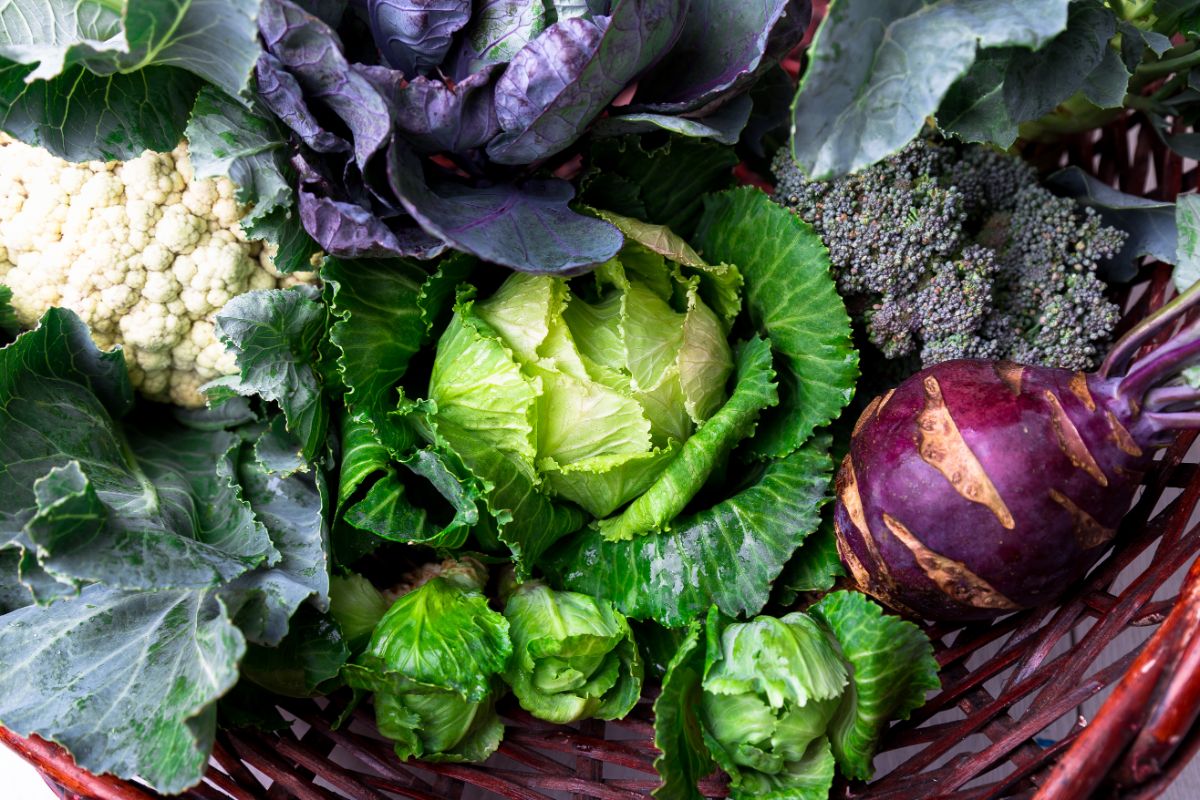
If you don’t want cabbage loopers and other insects nibbling holes in your bok choy and cauliflower, there are organic methods to keep your vegetables safe. Floating row covers and BT thuricide are commonly used on brassica plants to keep pests away. But companion planting is another effective method that can be used all season long for natural pest control.
To get you started with companion planting, we’ve listed some of the best vegetables, flowers, and herbs to grow with your brassica vegetables to keep them naturally pest-free.
Jump to:
18 best companion plants for your brassica vegetables
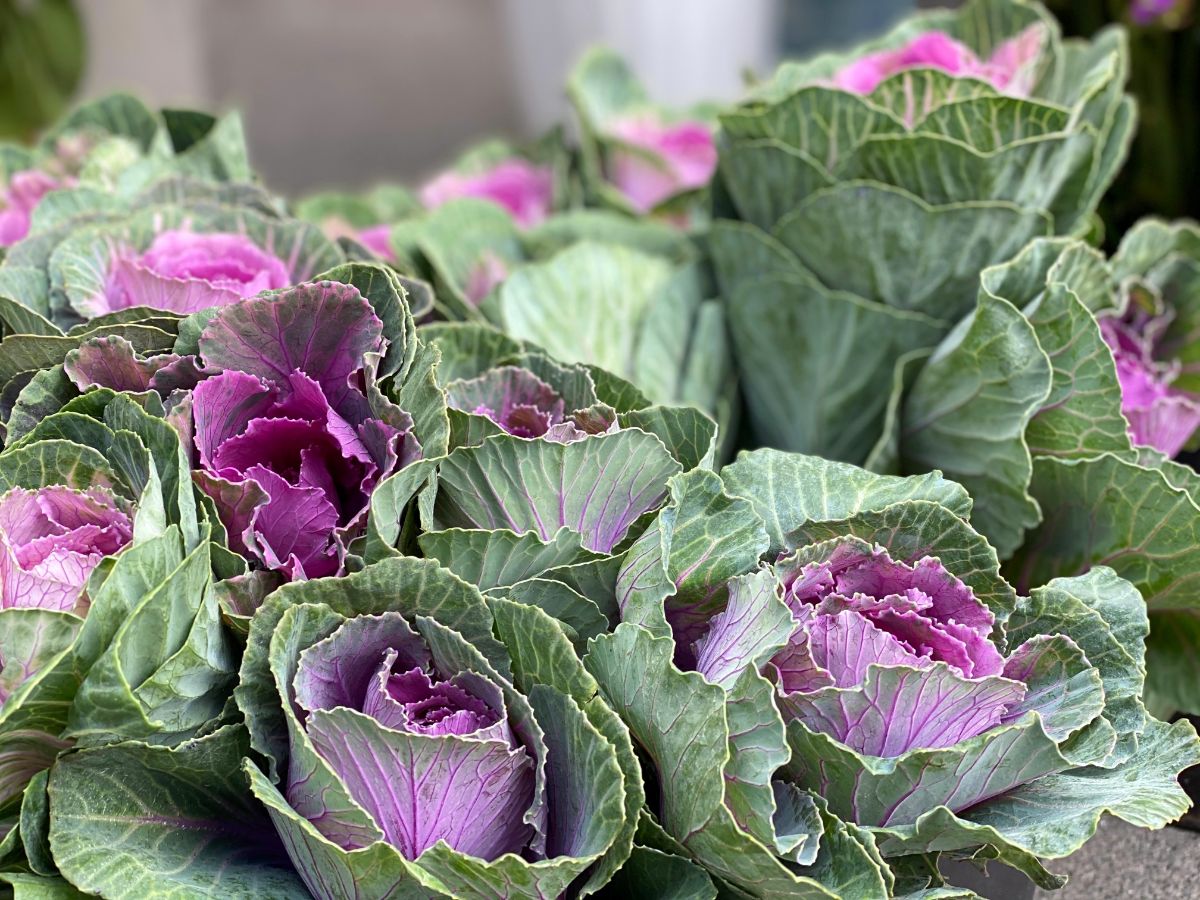
The right companion plants can keep your brassicas free of pests like cabbage loopers. Companion planting can also boost growth, improve flavor, and offer other benefits to your brassicas. Below are some of the top plants to grow near your broccoli, cauliflower, cabbage, and other cruciferous vegetables.
1. Alliums
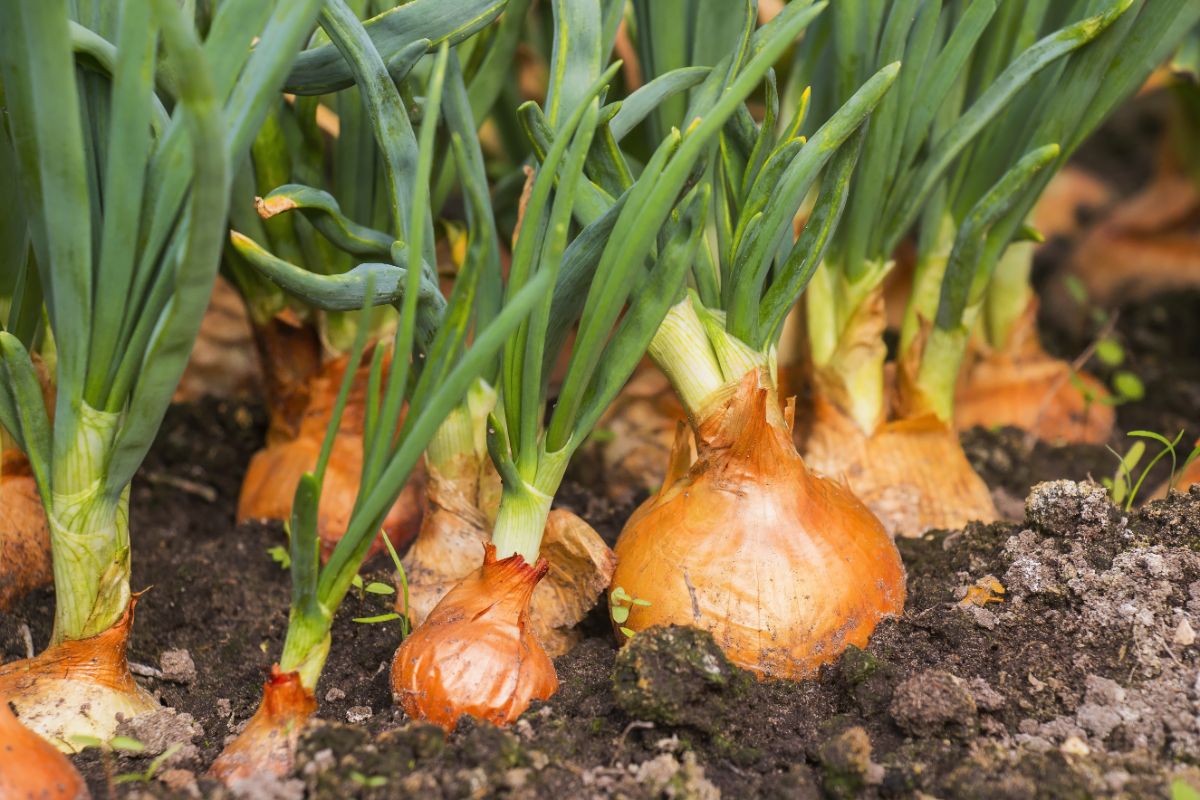
Alliums are excellent companion plants for most other vegetables and even some fruits…and brassicas are no exception. The allium family contains a variety of popular vegetables, including garlic, onions, scallions, shallots, and leeks. All of these plants will grow beautifully beside your brassicas.
Alliums are strong-smelling plants that naturally repel many common pests, including rabbits, deer, and cabbage loopers. They also contain high levels of sulfur, which may improve the growth and flavor of nearby brassica plants. For best results, try planting your alliums around the exterior of your garden bed to keep browsing pests away.
2. Beets
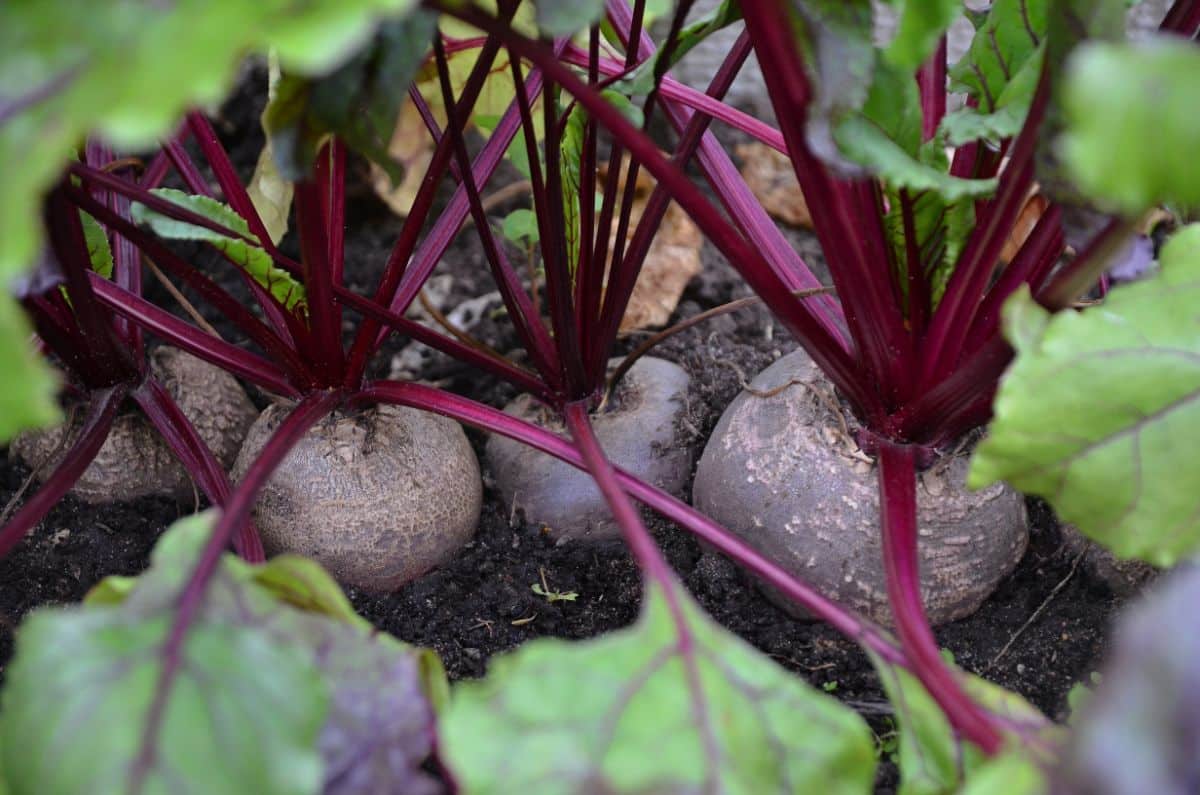
Like brassica vegetables, beets are cool-weather crops that grow well in spring and fall gardens. If you want to keep gardening well into autumn, beets are a great plant to grow alongside your broccoli and cabbages.
Since beets are low-growing plants, they won’t compete with your brassicas for the sun. If you allow your beet greens to wither into the soil, they will contribute magnesium and iron to your garden as well. However, since beet greens are so tasty, you may not want to let them go to waste!
3. Borage
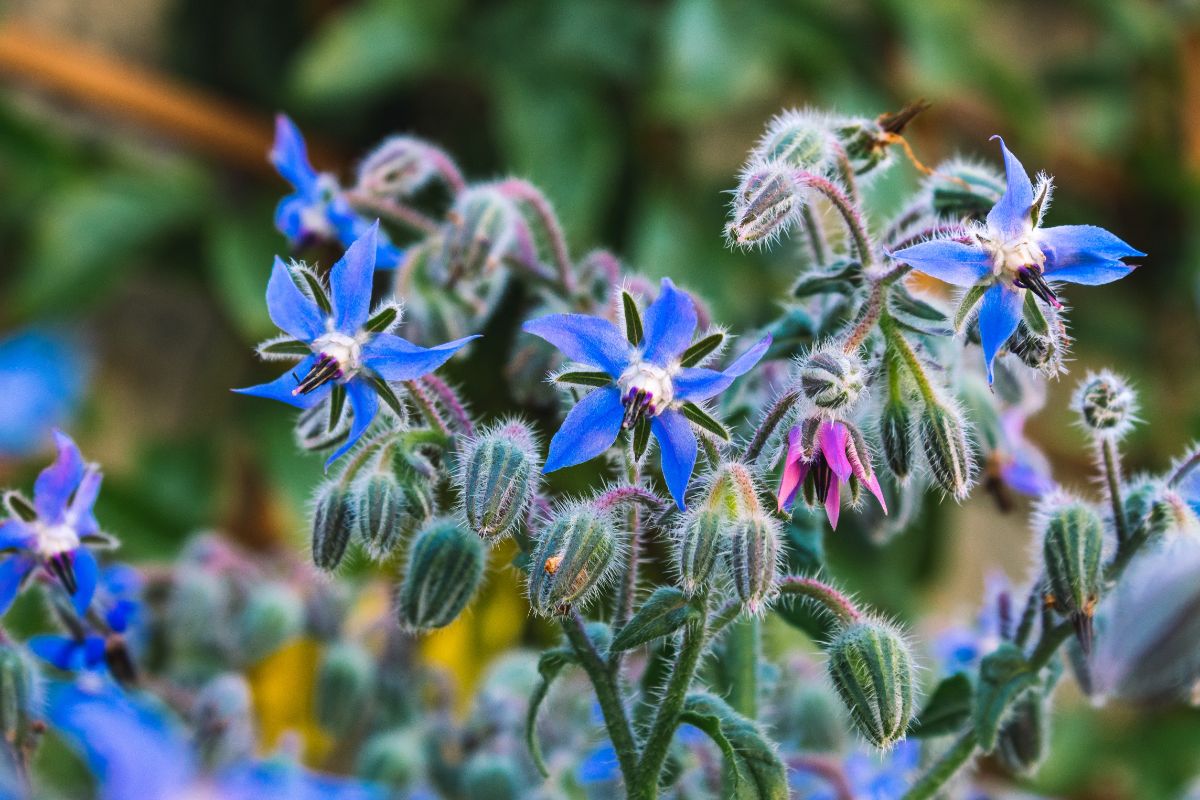
Borage may not be the first plant you think to grow, but it is a useful one in the organic garden. Borage produces delightful, periwinkle blue flowers that are a hit with pollinators and beneficial insects. Sow it near your brassica plants, and those beneficial insects will happily prey on pests that wander onto your veggies.
Borage’s long tap root can also be used to break up tough soil and draw up nutrients, so they are more accessible to your brassicas. If you’re new to keeping borage, this annual herb has edible leaves and flowers. Flowers make charming salad toppers, while the cucumber-flavored leaves can be eaten in salads or used as a garnish.
4. Nasturtium
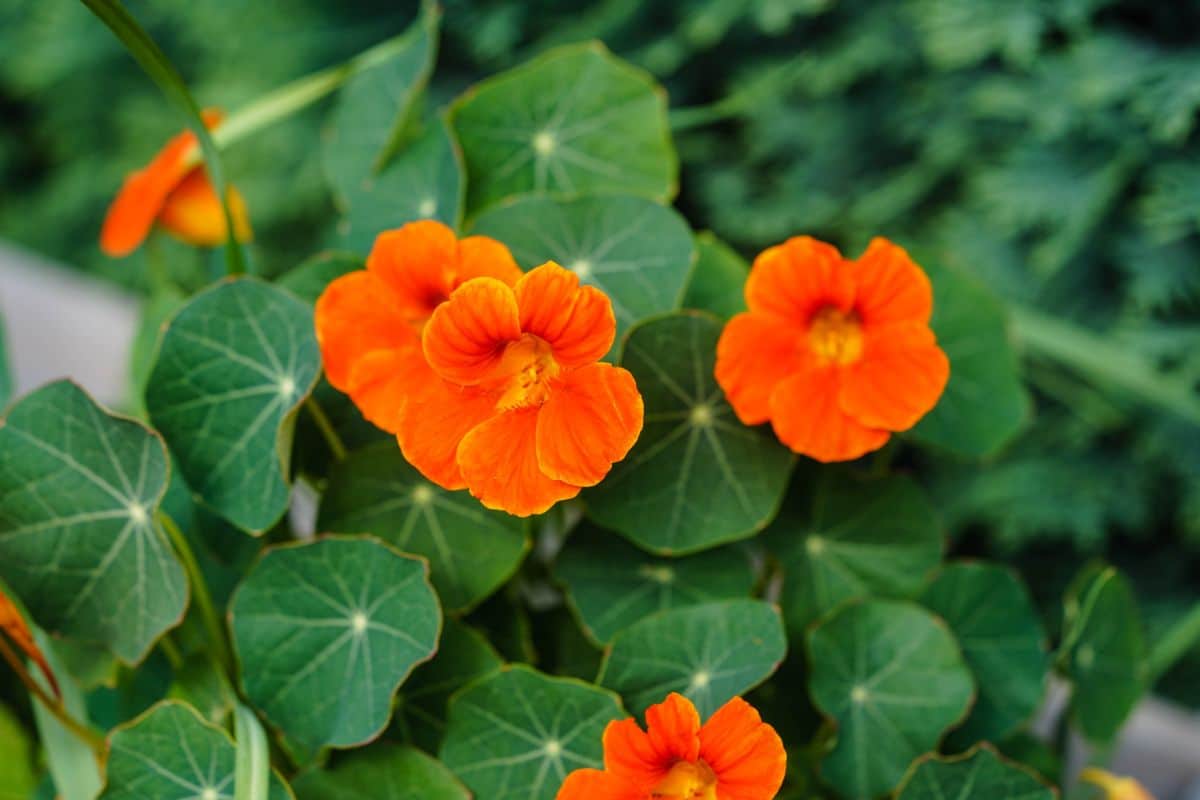
Nasturtium is another excellent plant for keeping pests at bay. These flowering edibles can attract beneficial insects that feed on pests, but they also emit a fragrance that can control cabbage loopers and aphids. Nasturtiums are also sometimes planted as trap crops to draw pests away from more desirable veggies.
Both nasturtium flowers and leaves are edible, and they have a delicate, peppery flavor that can add an interesting twist to salads and other dishes. Nasturtium comes in both trailing and mounding varieties, but it’s usually easier to grow mounding types in garden beds since they won’t take up as much space.
5. Radishes

Radishes are a fast-growing crop, and they grow beautifully with most other vegetables. Planting radishes beneath your taller brassicas is a smart way to fill up empty garden space and grow more crops in a limited area. Leaving bare soil can encourage weeds to grow, but if you fill in that space with radishes, you can keep your garden free from weeds.
Like other cool-weather vegetables, radishes grow best in fall and spring gardens. They will also benefit from the shade that brassicas can provide them. For classic and colorful radishes, try out ‘Easter Egg’ radishes, or grow daikons or ‘Black Spanish’ radishes for something a bit different.
6. Dill
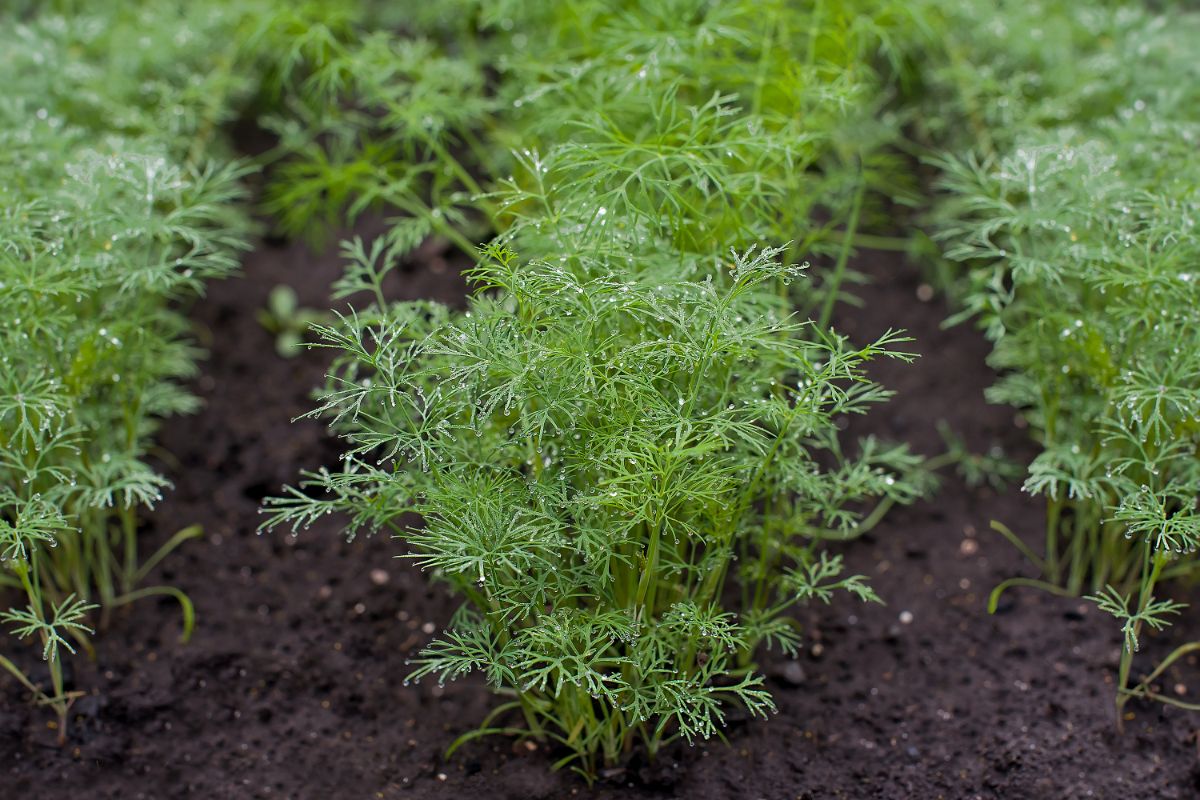
Dill is a flavorful herb that is often used in seafood dishes or fresh potato salads. In the garden, dill is also useful for keeping pests away. When in bloom, dill flowers attract beneficial insects, like predatory wasps, which will feed on cabbage loopers and other brassica pests.
Like brassicas, dill grows best in cool weather and will bolt in the summer heat. Sowing dill in spring and fall gardens will improve the flavor of your plants and extend their growth too.
7. Spinach
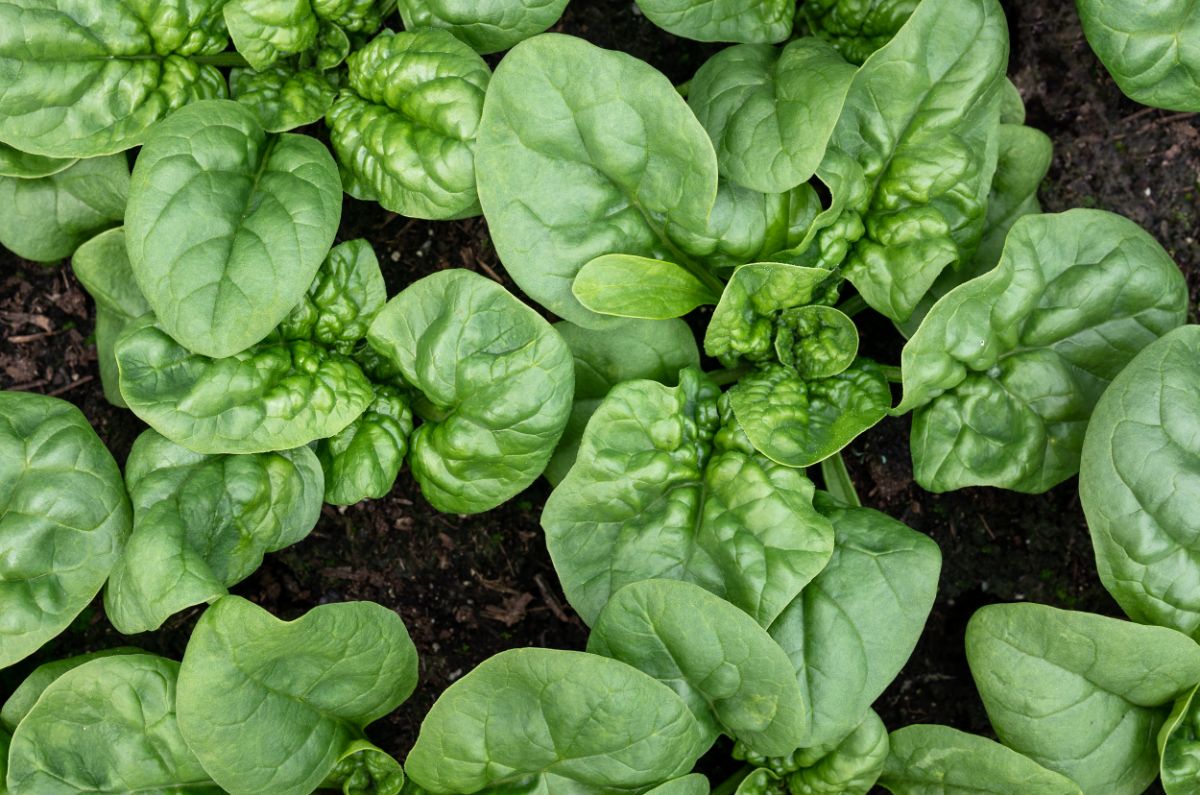
Another cool weather crop, spinach is ideal for spring and fall planting – just the time of the year when brassicas grow best. Like radishes, spinach can be sown beneath your brassica plants to use up empty space and cover bare soil, so weeds don’t sprout.
Spinach will grow happily beneath your brassica plants, and the added shade can extend the life of your spinach too. If you keep spinach in spring gardens, sheltering your spinach with taller plants can slow down the bolting process and keep your spinach edible for longer.
8. Marjoram
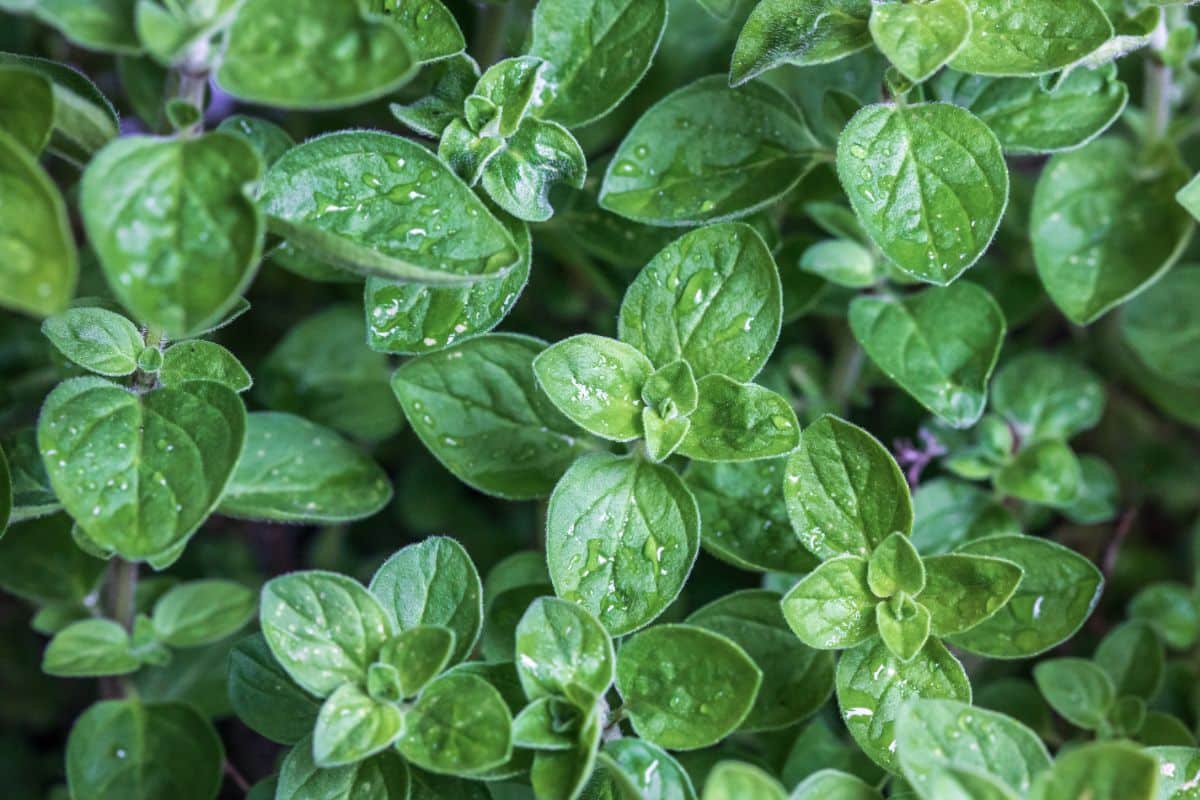
Marjoram is a flavorful and aromatic herb that has pest-repellent properties. When it flowers, it will also attract beneficial insects that can protect your brassica crop. Additionally, since it’s a relatively small plant, it can be easily slipped into your veggie patch or planted alongside your rows in small containers.
But marjoram doesn’t just make a perfect partner for your brassicas in the garden. Marjoram’s flavor also elevates the taste of many brassica plants in recipes too. For classic fare, try out this recipe for cabbage rolls with marjoram, or for a vegetarian option, this marjoram and cabbage steak is sure to delight!
9. Tansy
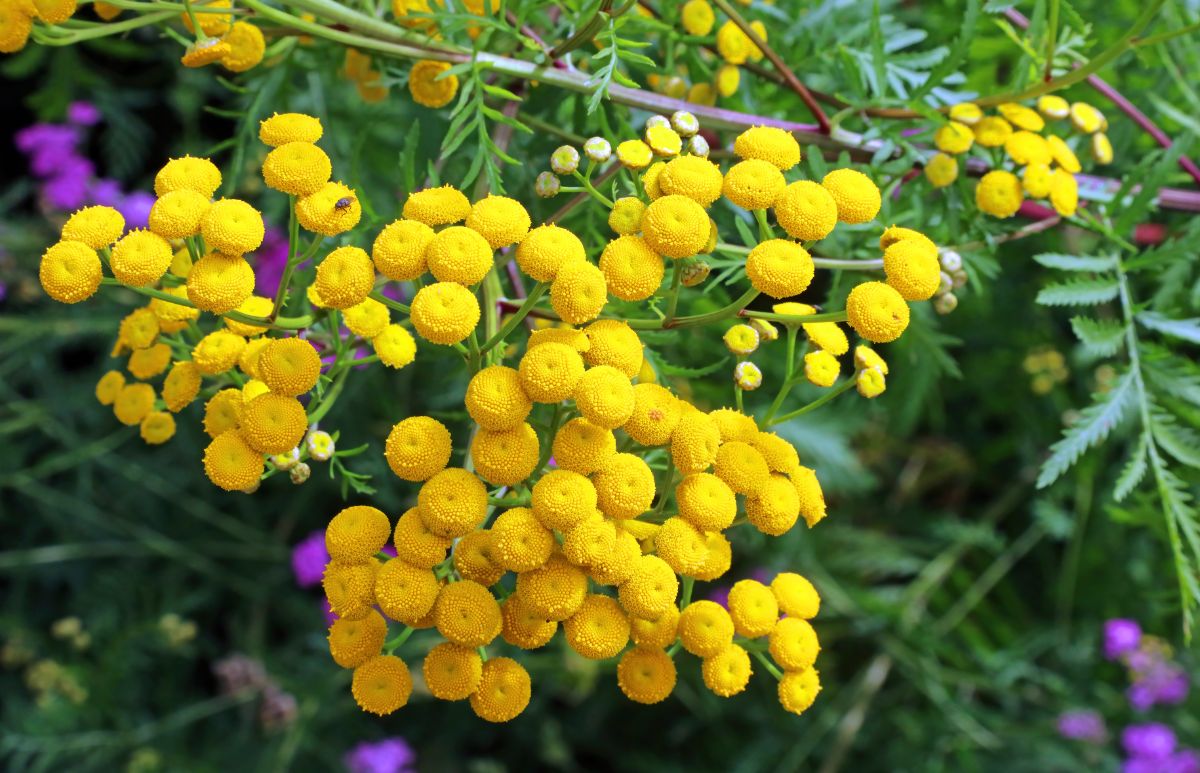
Tansy is a cheery, native flower with bright yellow blooms that appear towards the end of the growing season. When planted in your garden, tansy will attract pollinators and beneficial insects, and it can also repel cabbage loopers and other pests.
Beyond its usefulness for pest control, tansy also contributes potassium to the soil, which can benefit your brassica plants. Tansy is also a perennial, so if you plant it once, tansy should come back year after year. Not to mention, tansy is a hardy plant that requires very little fuss and minimal watering.
10. Yarrow
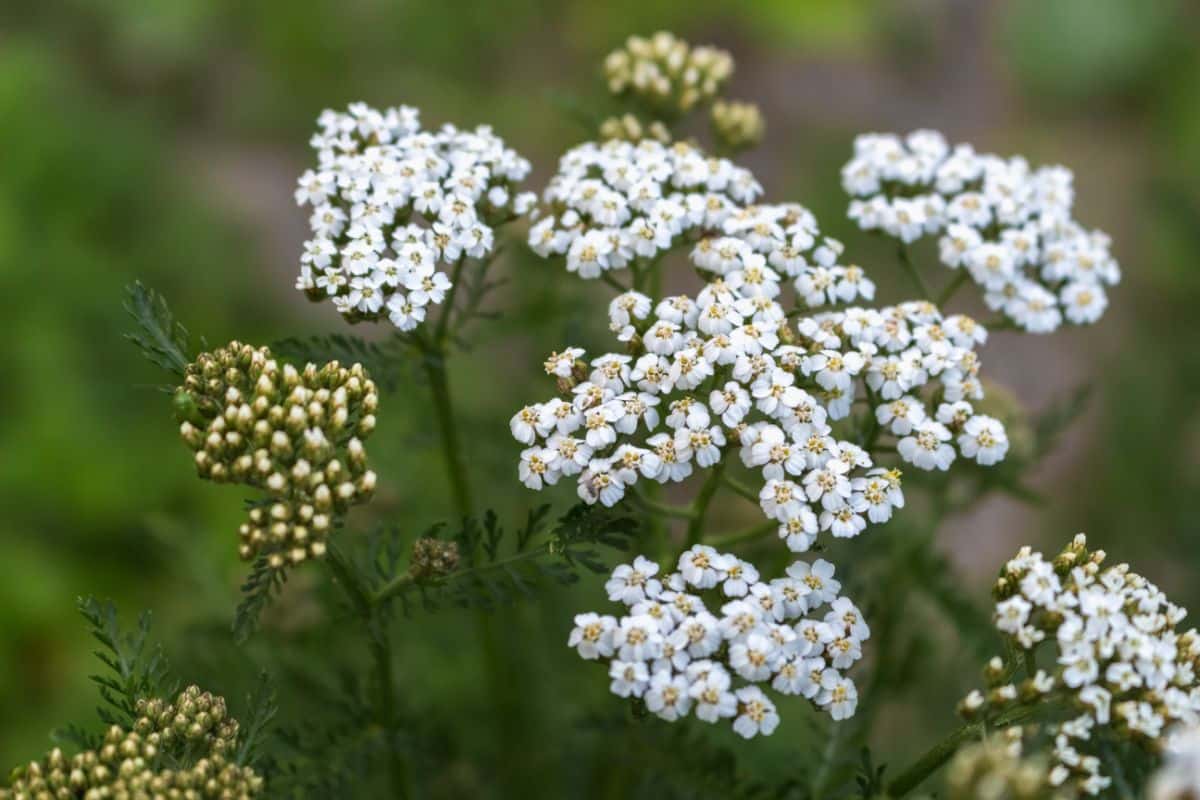
Yarrow is one of the most useful plants you can grow in your garden. The colorful, flat blooms attract pollinators and beneficial insects, and its scent can naturally repel mosquitoes and flying bugs that may target your brassicas. Yarrow is also naturally deer resistant, making it a good choice for gardens where deer populations are high.
Yarrow flowers appear in yellow, white, pink, and other pastel hues. With a long bloom time, you can plan to pick yarrow flowers from spring to autumn. Flowers add a delicate charm to floral arrangements, and they also dry beautifully for preserved bouquets and wreath making.
11. Lettuce

Lettuce is a compact plant that grows quite rapidly, so it’s easy to slip a few plants in between your brassicas. Not only is this a simple way to maximize your garden harvest, but lettuce will also benefit from the added shade from your brassicas. This can boost the moisture content in your soil and slow down bolting for improved lettuce flavor.
Lettuce types are generally divided into two categories: leaf lettuces and heading lettuces. Heading lettuces, like romaine, take longer to grow, and they grow a bit bigger. If you want to harvest lettuce sooner, opt for leaf lettuces, which can also be harvested very young for baby greens.
12. Chamomile
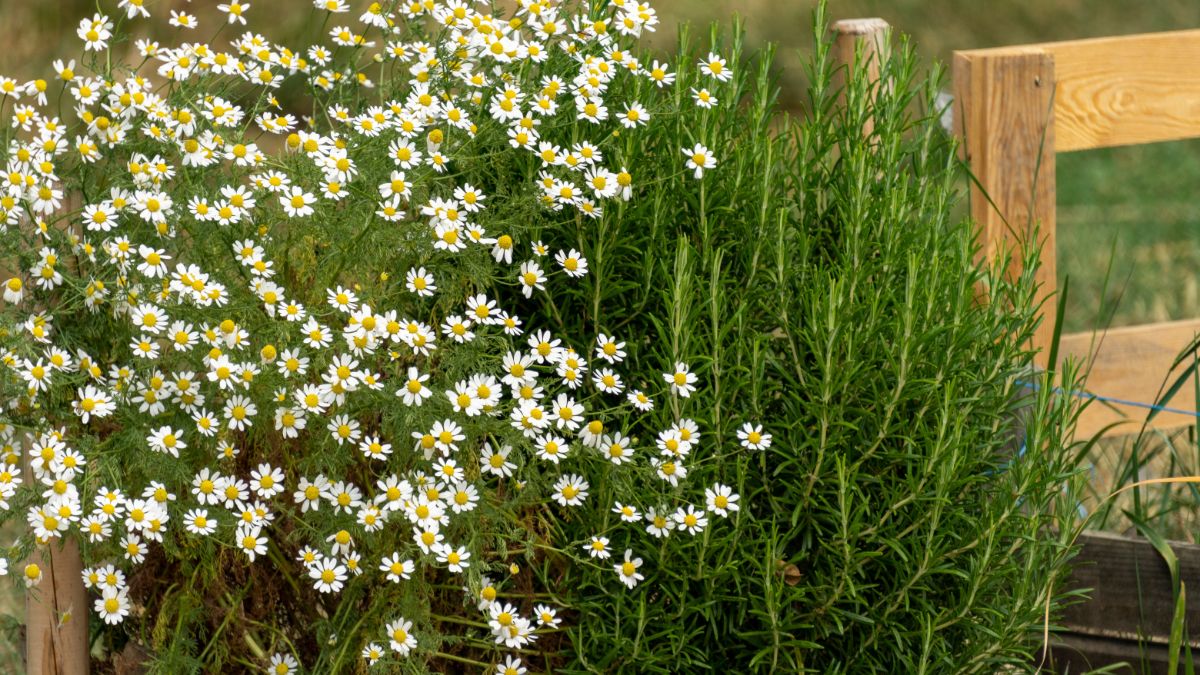
Chamomile has dainty, daisy-like blooms and feathery leaves. But don’t let its demure appearance fool you. Its strong aroma can pack a punch in the garden and repel many flying pests, including cabbage moths.
Chamomile is mostly grown for tea making, but it can also be infused into syrups, baked goods, and other sweet treats. Flowers should be harvested regularly as they don’t last long. Harvesting often will also encourage your plants to produce more flowers.
13. Cucumber
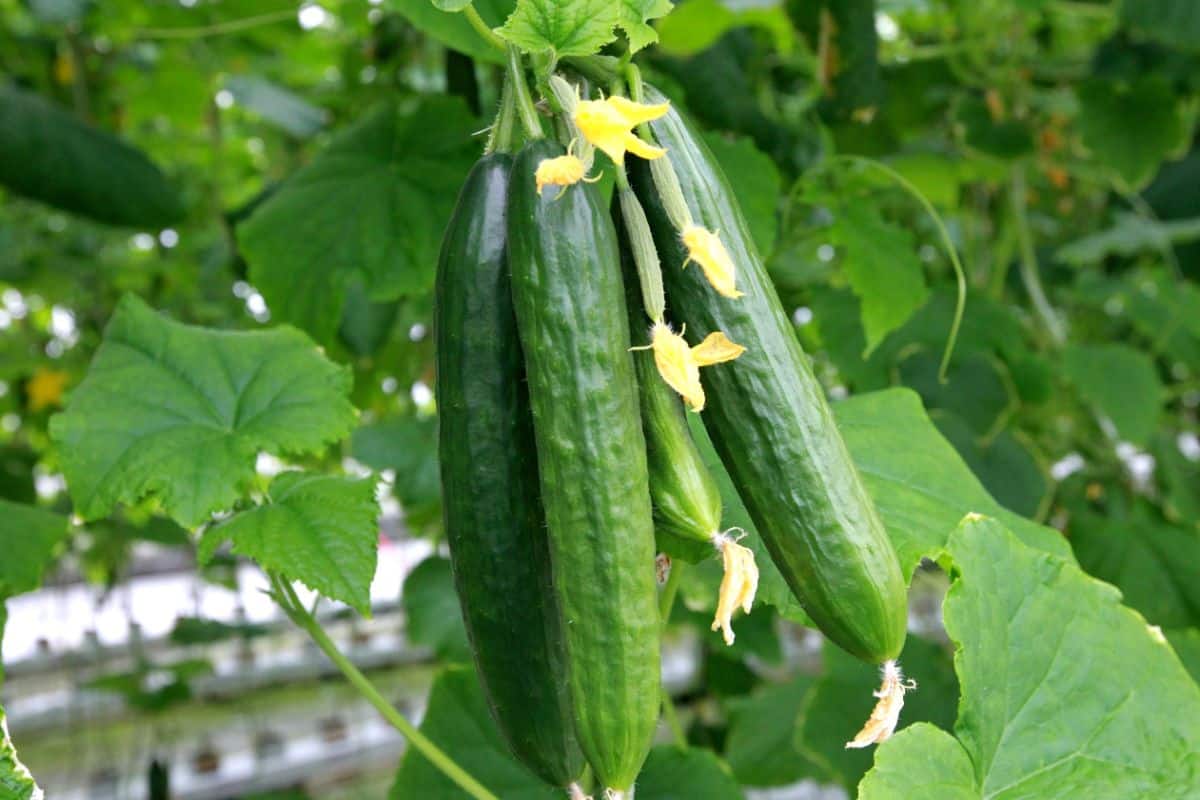
Cucumbers and brassicas may not seem like the most obvious pairing in the garden, but these two plants can be kept together with a bit of extra care. Since both plants are heavy feeders, they will require regular fertilizing. But if you keep them well-fed, you shouldn’t run into any problems.
Cucumbers will provide some extra shade to your brassica plants, especially if you opt for vining cucumbers that can be trained to grow up trellises. If you have a small gardening space, you can grow bush-type cucumbers instead, which are less likely to compete with your brassicas for sunlight.
14. Rosemary
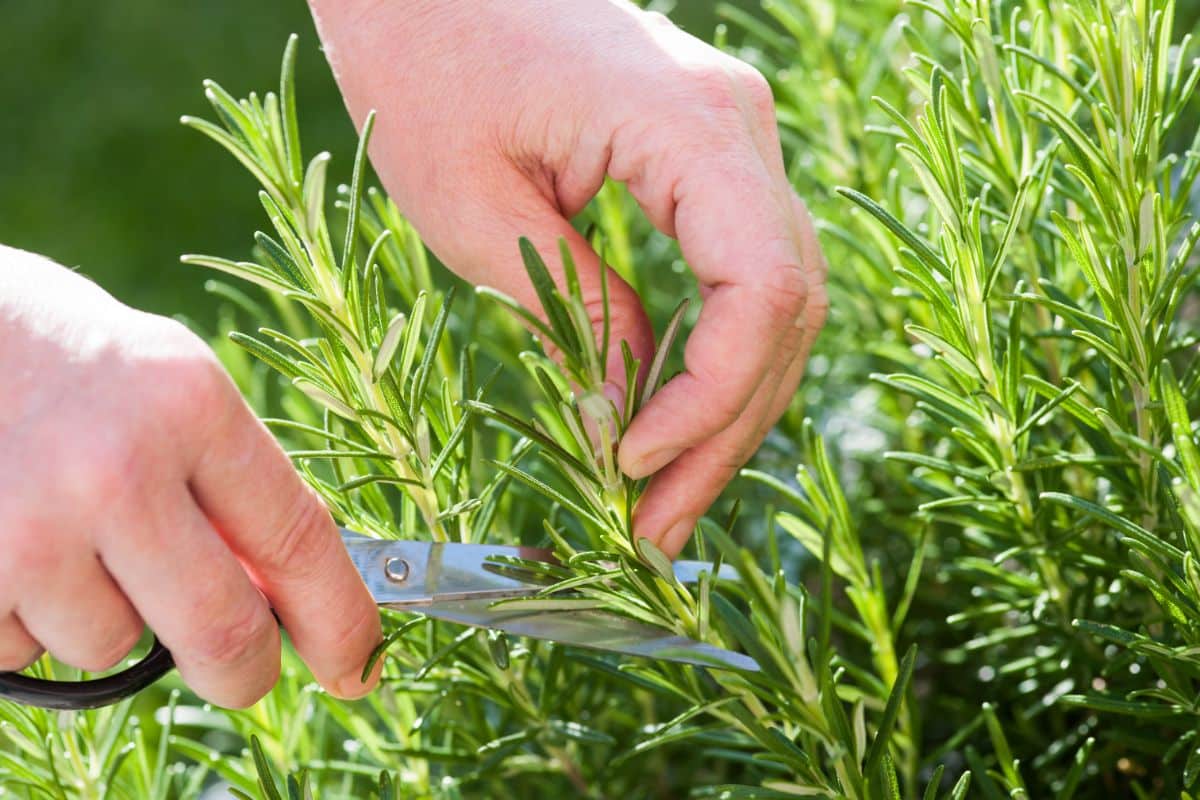
Rosemary’s strong fragrance has been known to confuse and repel carrot flies and cabbage moths, so it makes a lot of sense to sow this plant near your brassicas. Just keep in mind that rosemary doesn’t like much water. If your brassica bed is very moist, you may want to pot up your rosemary in containers and place them inside your vegetable patch.
Growing rosemary in containers can also be a great idea for gardeners in cool, northern climates. As a warm weather-loving herb, rosemary doesn’t tolerate harsh winters well. But you can easily overwinter your plants indoors if you keep them in pots.
15. Celery
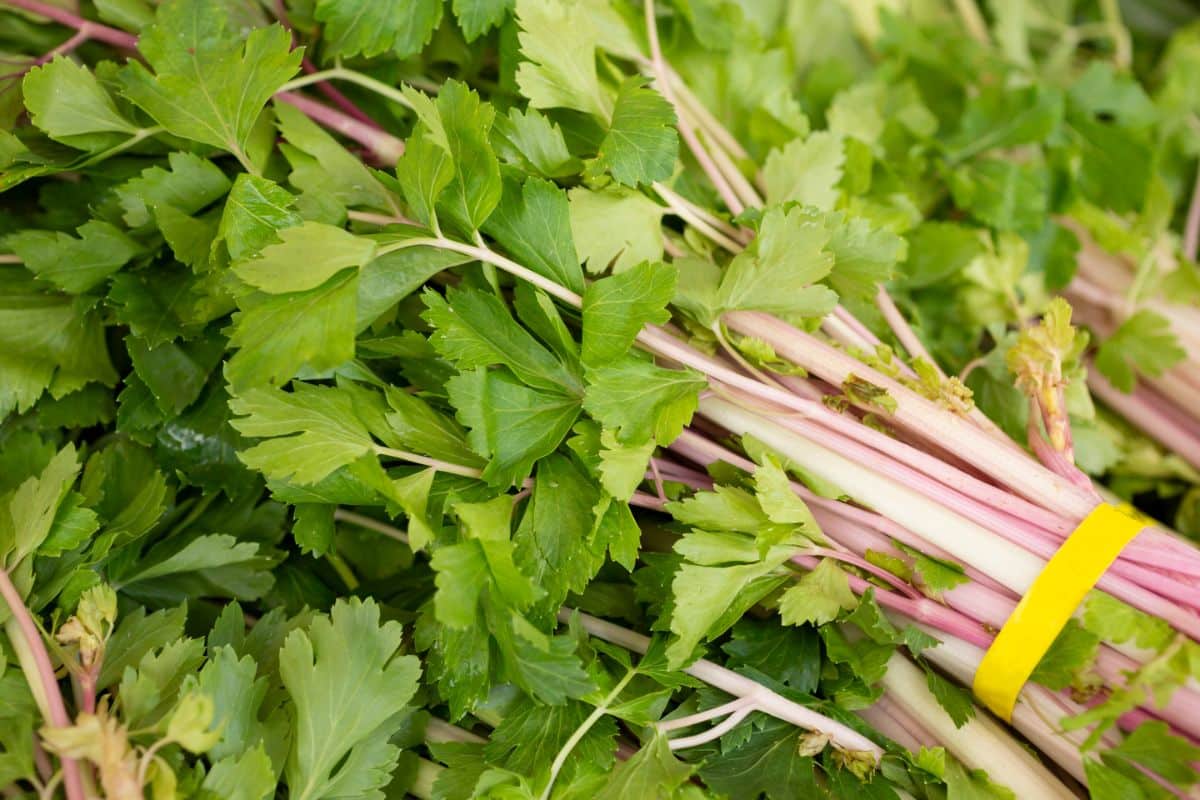
Celery grows best in cool weather and moist soil, which just happens to be the conditions that brassicas love too. Also, since cabbage worms hate the scent of celery, sowing these plants together can help to protect your bok choy, cauliflower, and other brassicas.
Celery is sometimes considered to be a difficult plant, especially for beginning gardeners. The trick to keeping celery happy is to make sure your plants have nutrient-rich soil and are regularly watered. If you’re bored with standard green celery, you can try out more showy options, like ‘Chinese Pink’ or ‘Golden Pascal’ celery.
16. Potatoes
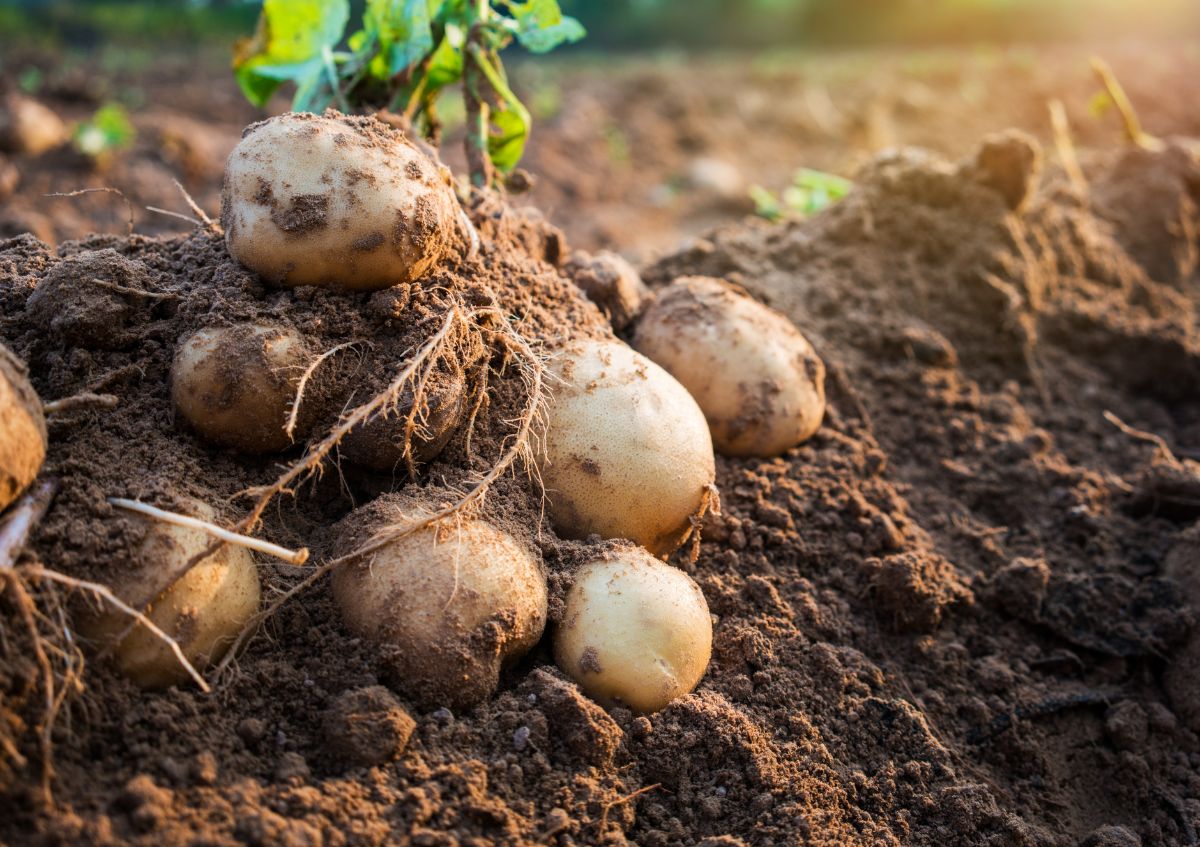
Since potatoes and brassicas are both heavy-feeding plants, you will need to be diligent about fertilizing them if you want to keep these plants together. But beyond that, potatoes and members of the brassica family grow well together, and they offer some benefits to each other.
Brassicas have short root systems, so they won’t compete with your potatoes for soil space. Some gardeners also report that growing cabbages near their potatoes improve the flavor of their spuds. Additionally, as cabbages and potatoes are two of the key ingredients of a traditional boiled dinner, you’ll always have what you need to make this cozy meal if you keep these veggies in your garden.
17. Mint
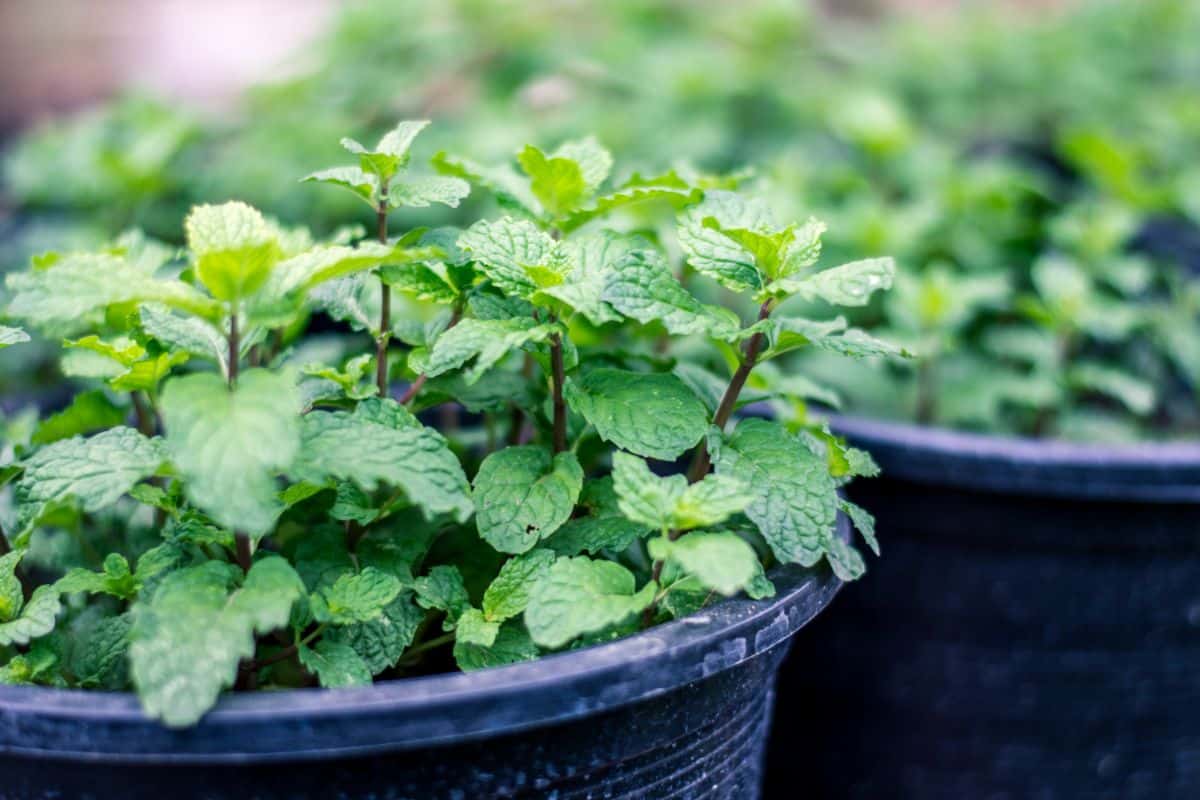
Mint is a delicious and refreshing herb that can enliven homemade iced teas, desserts, and warm drinks. But it is also useful for deterring pests like moths and rodents. Growing mint near your brassicas can keep your plants pest free and prevent unsightly holes in your produce.
As many gardeners know, mint is a notoriously fast-growing plant, and it can easily overrun garden beds. To avoid this, plant your mint in containers or keep it in a raised bed all by itself. As long as your mint plants are close enough to your brassicas, your veggies should still reap the benefits of mint’s strong scent.
18. Rhubarb
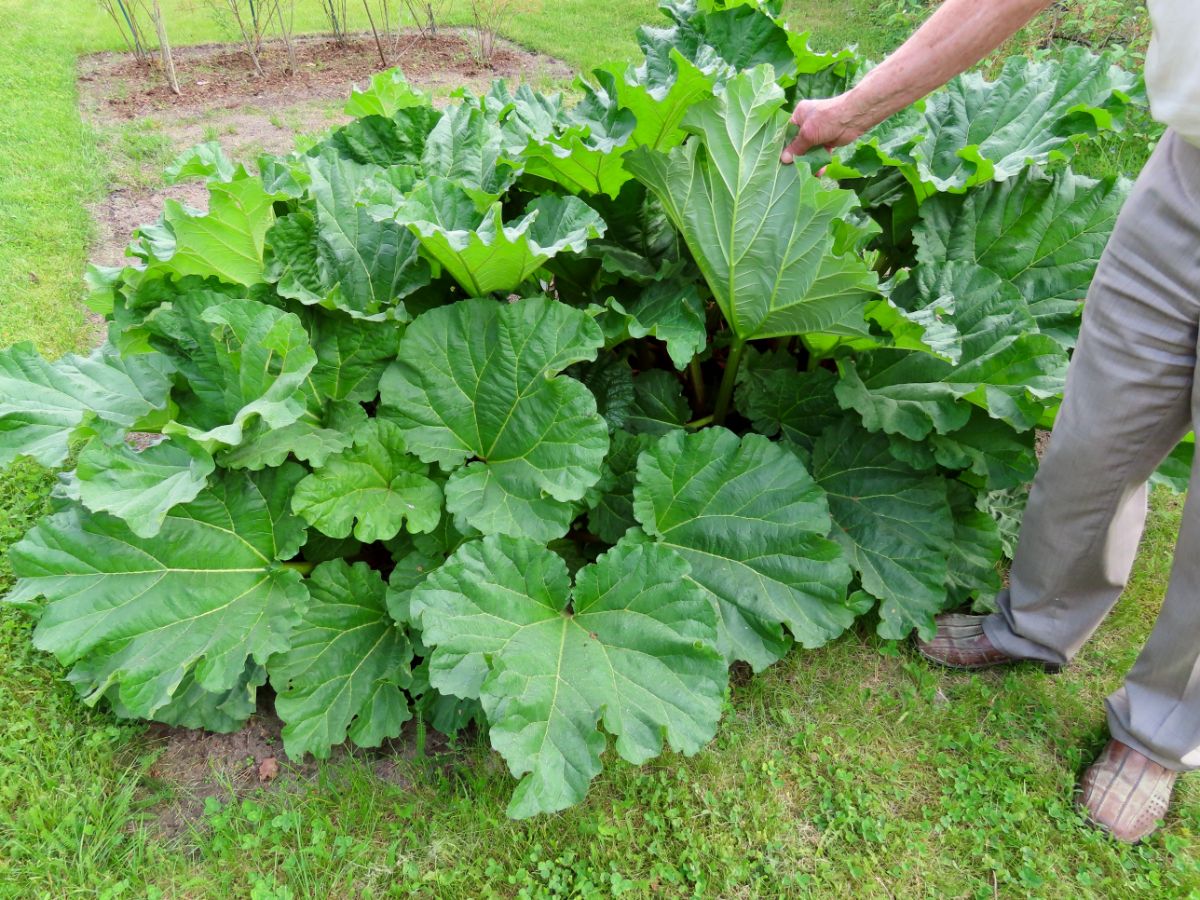
Rhubarb isn’t often used as a companion plant, but it can repulse whiteflies when sown near your brassicas. The large leaves will also shelter your garden soil, slowing evaporation rates and keeping weeds down.
While most people are familiar with strawberry and rhubarb pie, rhubarb lends itself well to savory dishes too. If you’re looking for new ways to use up your extra rhubarb, whip up a creative side with cabbage and rhubarb or make khoresh with cauliflower and rhubarb.
Frequently asked questions
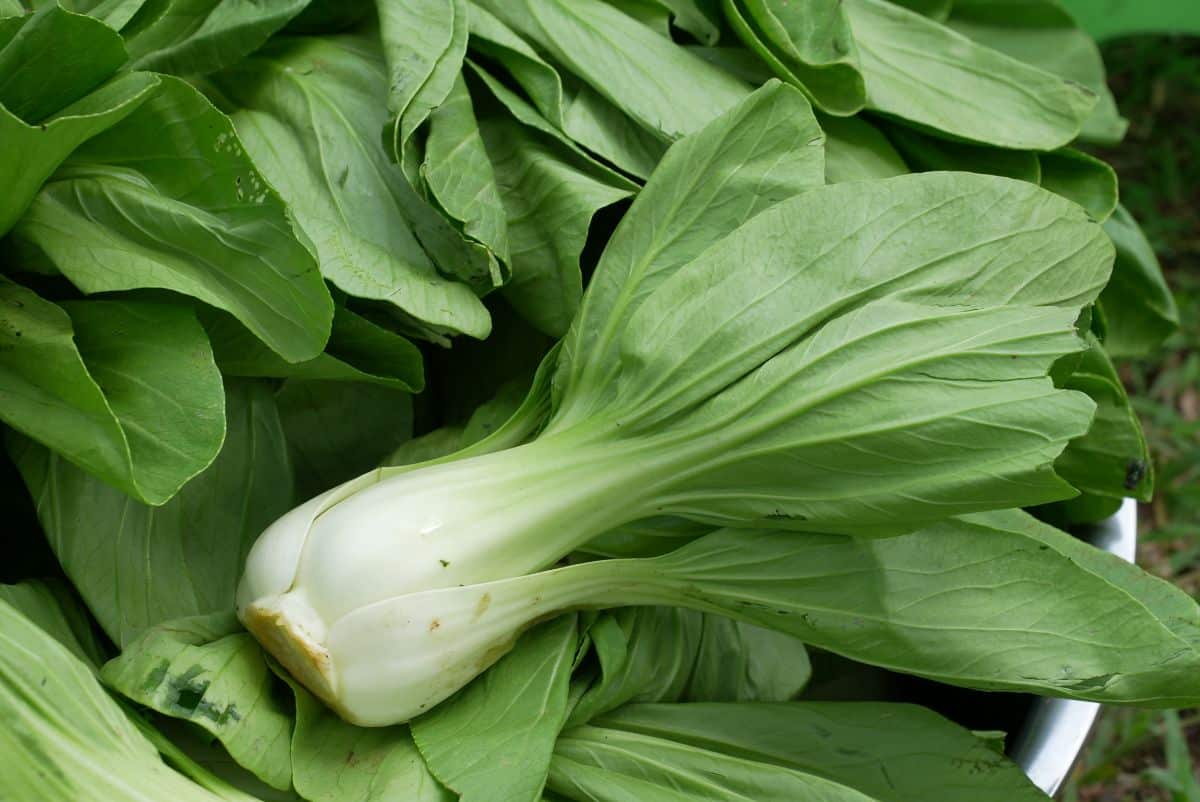
Broccoli shouldn’t be planted with members of the nightshade family (tomatoes, potatoes, etc.) since these plants are heavy feeders, and they can compete with each other for nutrients. It’s also a good idea to avoid growing broccoli with beans and peas, as these plants contribute nitrogen to the soil and may encourage your broccoli to produce leaves instead of crowns.
It’s best to spread your brassicas out throughout your garden as these plants are all heavy feeders, and they can compete with each other. Additionally, since they are closely related, brassicas are also susceptible to the same types of pests. Sowing them together can make it easier for diseases to spread from plant to plant.
Nightshade plants, other brassicas, and strawberries should not be planted near your cabbages. This is because these plants are all heavy feeders and may steal nutrients from your cabbages and cause smaller heads.
Aromatic herbs and strongly scented alliums (garlic, onions, leeks, etc.) can all keep deer away from your garden beds. For best results, sow these plants near the exterior of your garden to discourage deer from venturing further into your beds.
Mustard greens and celery can both repel cabbage worms and help you protect your plants. Sowing flowering plants, like dill and yarrow, can also encourage beneficial insects to visit your garden. These predatory bugs will feed on pests, including cabbage worms.
Brassicas use up a lot of nitrogen in the soil, so it’s a good idea to sow nitrogen-fixing beans and peas in their place the following year. This will replenish nitrogen levels and limit the activity of overwintering pests too.
Summary
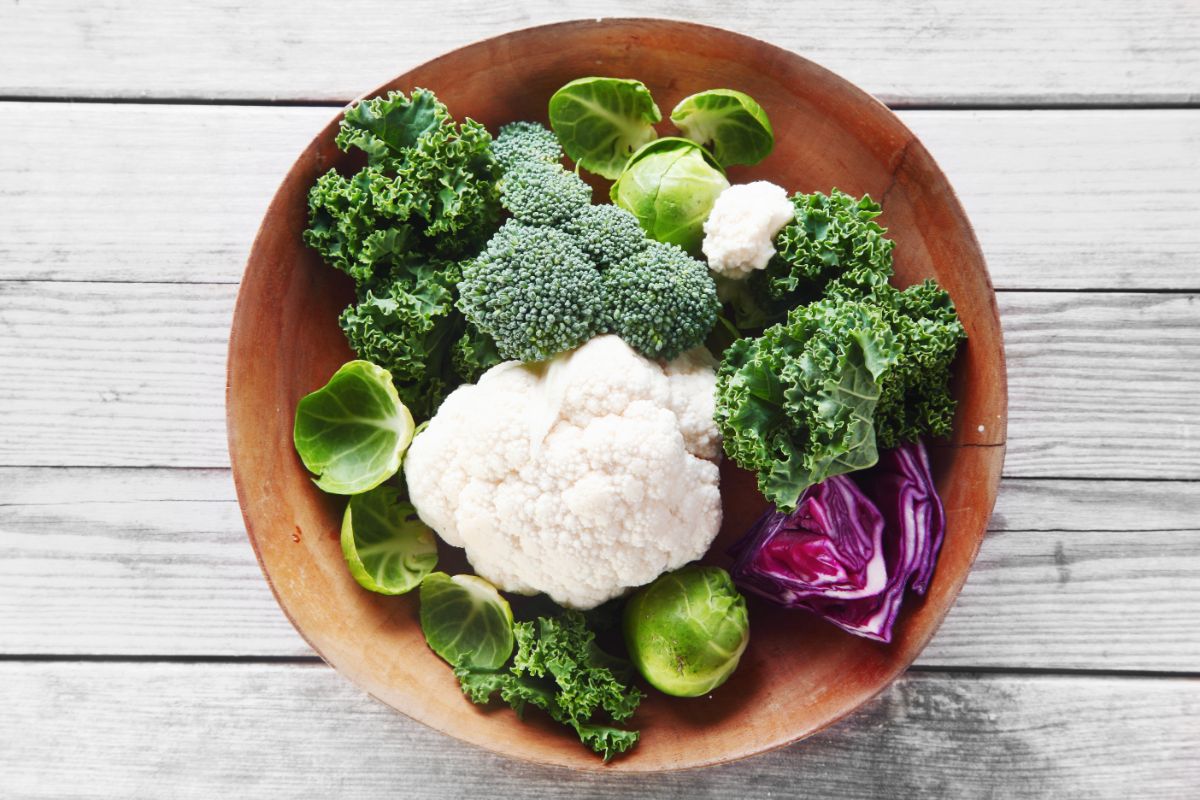
Companion planting is a traditional gardening technique, but it’s been the focus of more gardeners lately because it’s so useful for naturally repelling pests. Since brassica plants are one of the top veggies that pests love, companion planting is particularly useful if you want to grow these plants.
But companion plants don’t just keep pests away. They can also be used to offer shade, promote plant growth and improve flavor. Not to mention, attractive ornamentals (like tansy and yarrow) can add color and beauty to your veggie beds.
So, if you’re looking for ways to grow lusher kale, succulent cabbages, and nutrient-rich broccoli, try out some of the companion plants we’ve covered today. They’ll benefit your brassicas in the garden, and once you harvest your produce, they’ll be delicious in the kitchen too!
While companion planting is one way to deter pests, you can find more natural ways to keep your garden pest-free with this beginner-friendly guide.


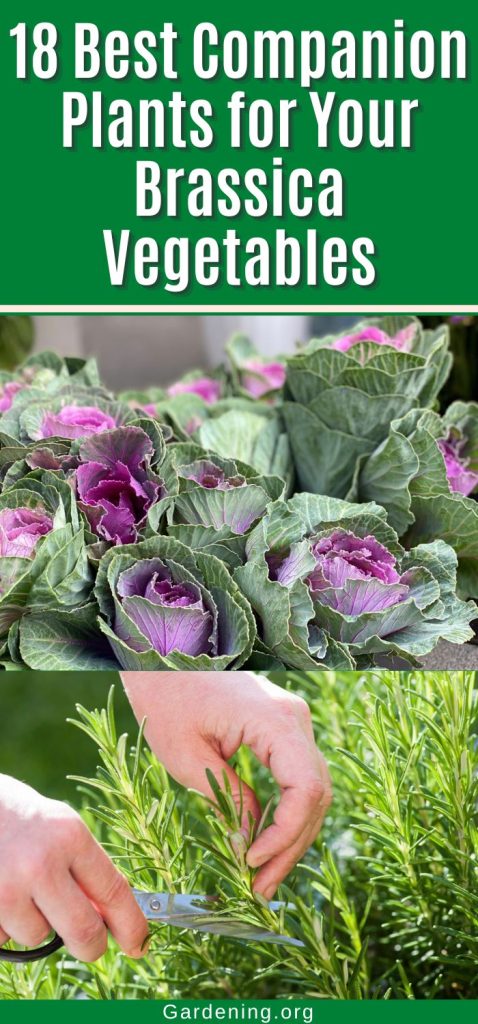

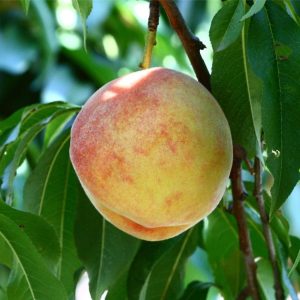
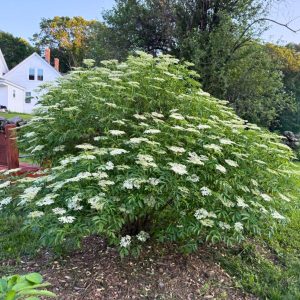
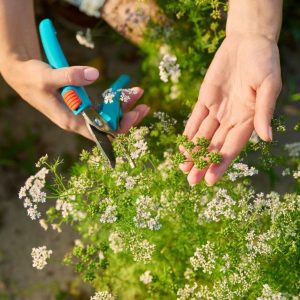
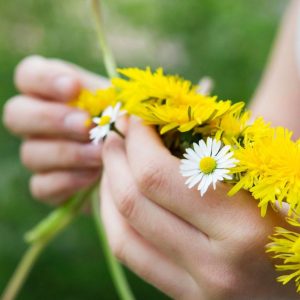
Leave a Reply